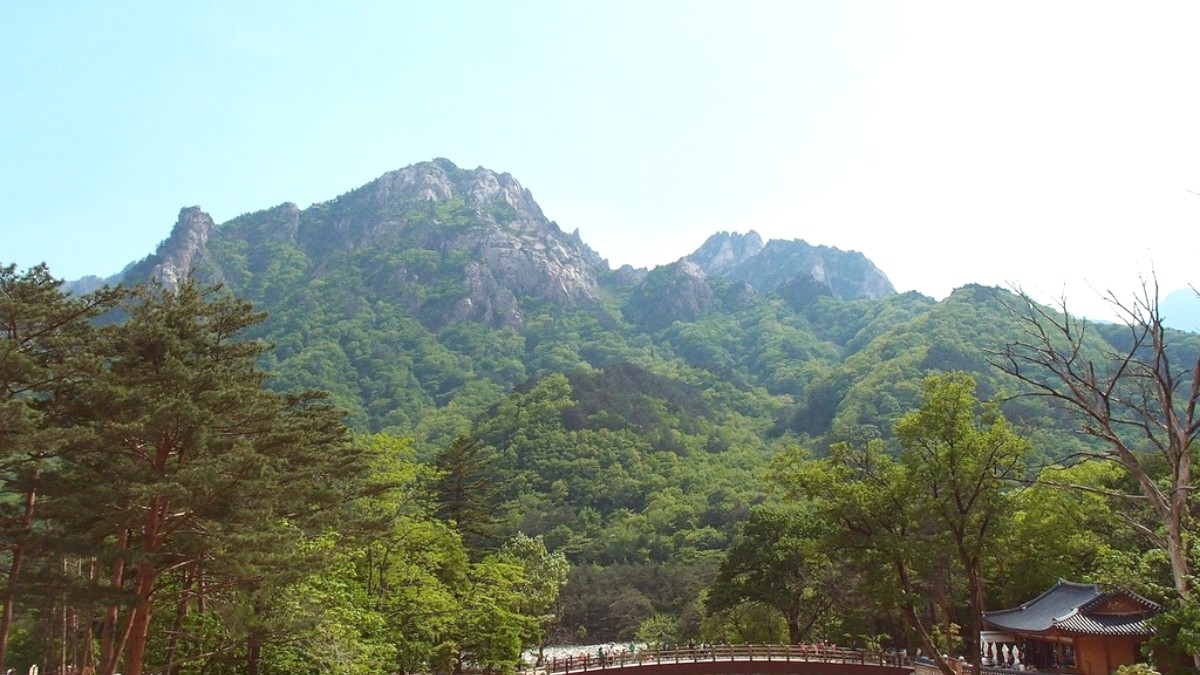
Gang Won Do, South Korea
Visa Types and Application Processes for Different Nationalities:
Passport: Valid for at least six months beyond your intended stay.
Return or Onward Ticket: Proof of departure from South Korea is often needed. Proof of Sufficient Funds: Immigration officials may request evidence (credit card or bank statement). Passport Photos: Standard for visa applications, generally not for visa-free entry. Entry Fees: No general entry fee for tourists. The K-ETA application costs 10,000 KRW (approx. $7-8 USD).
Immigration upon arrival
Present passport, K-ETA (if applicable), and arrival card. Fingerprints and facial scan are part of the process.
Seoraksan National Park usually does not require special permits for standard hiking. However, certain trails (e.g., Daecheongbong) may have restricted access or reservations during fire prevention seasons. Check the Korea National Park Service (KNPS) website for current conditions.
Vaccinations & declarations
As of late 2023, South Korea does not impose specific health-related entry requirements, like particular vaccinations or health declarations, for general entry.
Always consult the latest official government travel advisories from your home country and the South Korean embassy website before departure for the most up-to-date information.
Currency and general costs
The official currency is the South Korean Won (KRW, ₩). Exchange at major banks, offices, or ATMs. Credit cards are widely accepted, but cash is good for smaller vendors.
Tipping is generally not customary or expected in South Korea. This applies to restaurants, hotels, and taxi drivers. It may cause confusion.
Public transportation, like express buses from Seoul, travel economically. Local buses in Sokcho travel cheaply.
Bring your own Water bottle, consider a Water filter bottle for hiking. Travel during shoulder seasons (late spring or early September) to avoid peak prices. Pack snacks for hikes to avoid more expensive park convenience store items. Book accommodation in Sokcho city, often cheaper than lodging directly at the park entrance.
Hostel Dorm: ₩25,000-40,000. Mid-range Hotel: ₩70,000-150,000.
Street Food: ₩5,000-10,000. Casual Local Restaurant: ₩8,000-20,000.
Express Bus Seoul-Sokcho: ₩20,000-30,000. Local Bus: ₩1,300-1,500. Cable Car: ₩15,000.
Seoraksan National Park Entrance: ₩3,500. Other fees: ₩3,000-10,000.
Prices rise significantly during autumn foliage season and major Korean holidays.
Preparedness for potential natural events or health incidents.
Modern hospitals are available in major cities like Sokcho (e.g., Sokcho Medical Center). English-speaking staff may be limited outside of Seoul's larger international hospitals. Pharmacies (약국, yakguk) are widespread.
Be aware of potential natural events, especially during certain seasons.
South Korea has a very low crime rate, making it one of the safest countries for tourists. Seoraksan National Park and Sokcho are considered very safe areas.
Memorize or save these numbers on your phone: